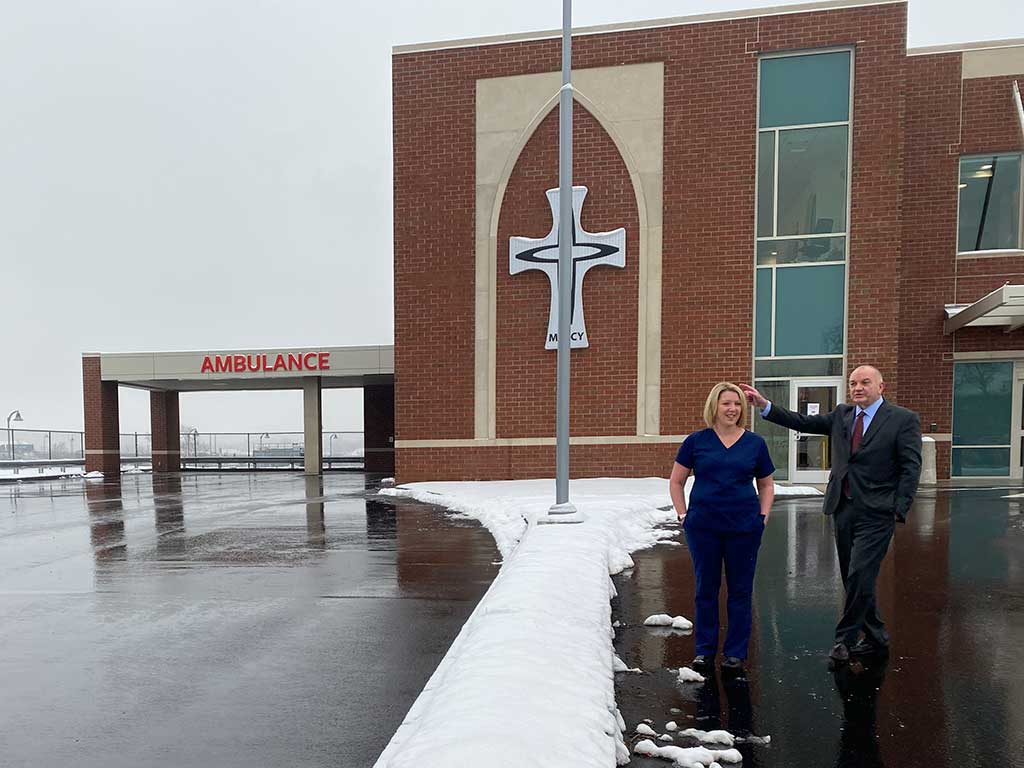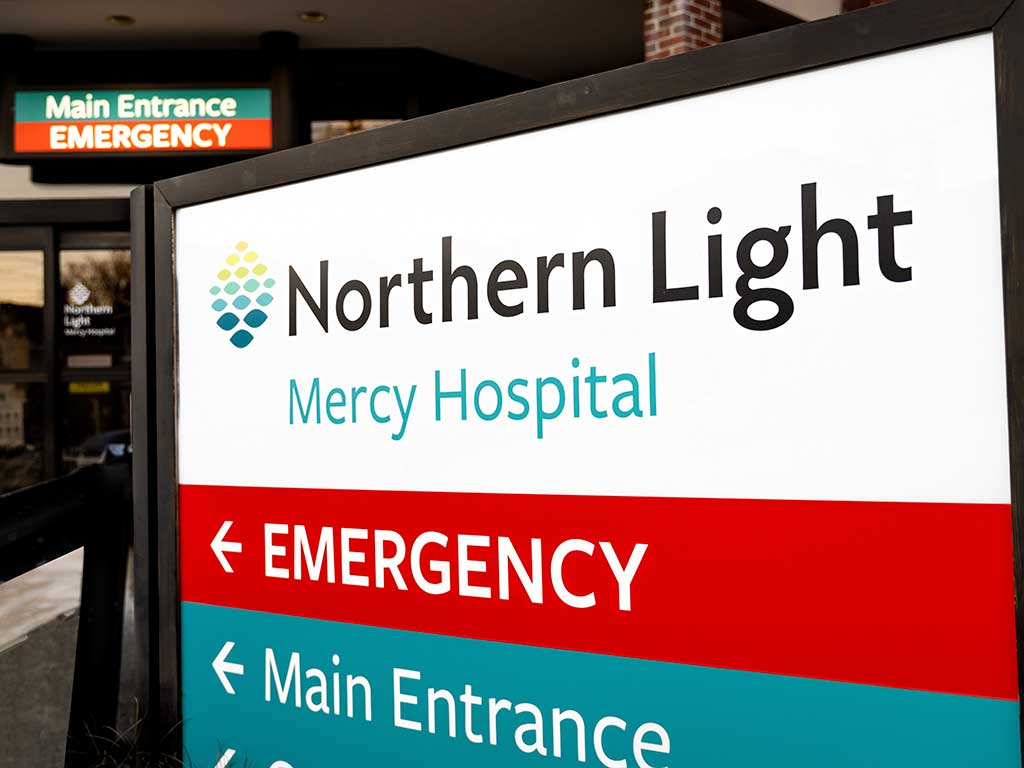Hospitalists: At the Heart of the Hospital
by Dr. Ravi Chandrasekaran
The PCP Model
I began my career in 2003 as a primary care physician (PCP) in Westbrook, Maine. As a PCP, I saw patients in my office. If my patient was hospitalized, I traveled to the hospital to oversee their care. This is the way medicine has been practiced for decades.
Over the past 20 years, however, this model has changed. The needs of patients in primary care practices and the needs of hospitalized patients pulled PCPs in too many directions. As a result, hospitals began employing full-time providers, known as hospitalists, to oversee patients admitted to the hospital.
The Hospitalist Team
This new model of care provided hospital patients with a team that focused exclusively on their care and unique needs. The benefits of this model resulted in significant growth, and it now dominates hospital care across the country. I became a hospitalist in 2012.
Hospitalists provide expert care for a full range of illnesses and conditions. We work closely with specialists to coordinate care. And because all our work is done in the hospital, we are able to respond promptly to the needs of patients and their families.
Hospital medicine includes physicians as well as physician assistants and nurse practitioners. As a team, we provide 24-7 in-house care for hospitalized patients. Along with focusing on the patients’ immediate healthcare needs, we work closely with care managers and nursing to communicate with PCPs to help patients ultimately return home in improved health.
Although I hope you do not find yourself in a hospital any time soon, should it become necessary, I know that you are in great hands with a hospitalist service. You can depend on our team’s skill and around-the-clock dedication to help you get back on your feet. We are here when you need us.
Dr. Ravi Chandrasekaran
Dr. Chandrasekaran is a board-certified Internist and the Medical Director of the Hospital Medicine Service at Mercy Hospital.






